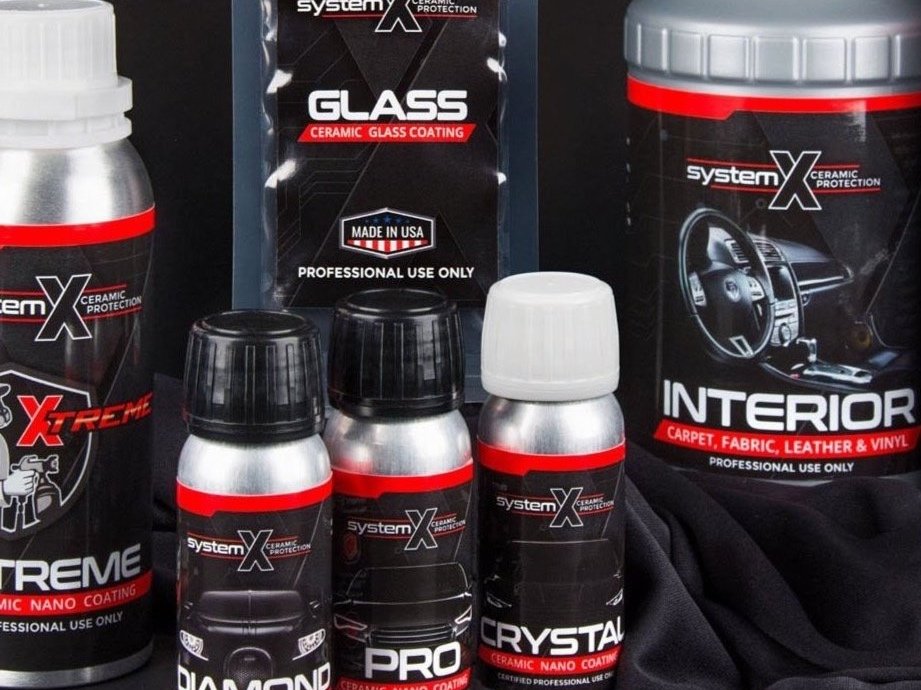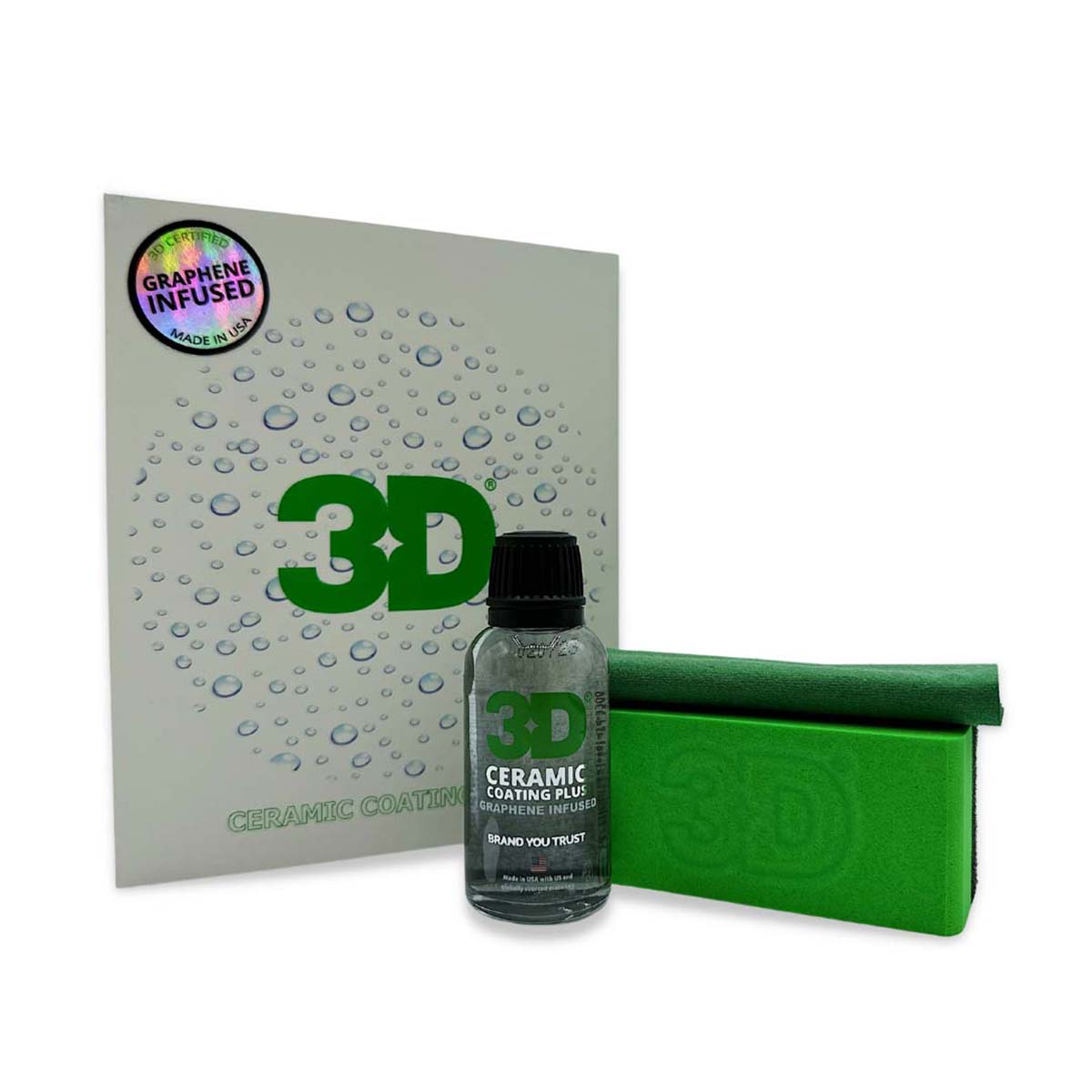Just How Ceramic Coating Philadelphia Maintains Your Vehicle Looking New for many years
Just How Ceramic Coating Philadelphia Maintains Your Vehicle Looking New for many years
Blog Article
Why Ceramic Covering Is the Ultimate Remedy for a Perfect End Up
Ceramic finishing has actually arised as a leading option for those looking for a remarkable surface for their cars, thanks to its impressive toughness and protective attributes. What variables truly established ceramic finish apart?
What Is Ceramic Finish?

When applied appropriately, ceramic finishing develops a hydrophobic surface area that wards off water and dust, making it easier to maintain and clean. Unlike standard waxes or sealers, which normally supply temporary defense, ceramic coatings can last for a number of years, depending on the item top quality and application method. The process of using ceramic covering requires precise prep work, including thorough cleaning and occasionally paint improvement, to make certain ideal bonding and performance.
Ceramic layers are not restricted to automobile surfaces; they can likewise be utilized on numerous products, including glass, steel, and plastics, providing a flexible solution for boosting security. Generally, ceramic finishing represents a significant improvement in surface defense technology, combining both practical and visual benefits for a large range of applications.
Benefits of Ceramic Coating
While several surface area protection options exist, the advantages of ceramic finishing stick out due to its unique properties and durable efficiency. One of the key benefits is its remarkable resilience. Ceramic Coating Philadelphia. Unlike conventional wax or sealants that call for constant reapplication, ceramic coverings provide a resistant layer that can last for a number of years, dramatically lowering maintenance efforts
Another notable benefit is improved defense versus environmental impurities. Ceramic layers produce a hydrophobic surface area that drives away water, dirt, and various pollutants, making it less complicated to clean up. This function not just preserves the lorry's appearance yet additionally decreases the danger of deterioration and oxidation, specifically in rough climate problems.
Additionally, ceramic layers use premium resistance to UV rays, avoiding fading and degradation of paint with time. This UV protection is vital for preserving the visual worth of cars and surface areas exposed to direct sunshine.
Furthermore, the shiny surface achieved with ceramic coating boosts the overall visual appeal, providing surface areas a showroom-quality shine. On the whole, ceramic finishes stand for a considerable development in surface security technology, giving enduring advantages that deal with both aesthetic and functional needs.
Just How It Works
Recognizing the scientific research behind ceramic coatings discloses just how they offer such amazing security and longevity. At its core, a ceramic finishing is a fluid polymer that chemically bonds with the lorry's factory paint.
The application process involves several actions, consisting of surface prep work, which is crucial navigate to this site to attaining ideal attachment. Once used, the covering undertakes a curing process, throughout which it solidifies and forms a semi-permanent bond with the paint surface. This bond is what differentiates ceramic coatings from typical waxes and sealers, supplying a longer-lasting safety barrier that can endure for many years.
Furthermore, the thickness of the finish can enhance its safety qualities, ensuring that it can endure harsh conditions. Inevitably, the science of ceramic coatings incorporates innovative products with cutting-edge application strategies to deliver an unequaled degree of security and aesthetic improvement for lorries.
Comparison With Traditional Approaches
The advantages of ceramic coatings come to be especially noticeable when contrasted to conventional paint protection methods such as sealants and waxes. While waxes provide a temporary sparkle, normally lasting a couple of weeks to a number of months, ceramic finishes supply a lasting safety layer that can endure for numerous years. This toughness substantially reduces find more information the regularity of reapplication, making ceramic coatings an extra affordable service in time.
Furthermore, traditional techniques typically call for extensive preparation and multiple applications to attain a sufficient degree of security. On the other hand, ceramic coatings bond at a molecular degree with the car's surface, producing a durable shield against ecological pollutants like UV rays, acid rain, and road click to read more salts. This bond boosts the lorry's resistance to scrapes and swirl marks, which prevail with typical waxes and sealers.
Moreover, the hydrophobic residential properties of ceramic coverings ward off water and dirt, bring about less complicated cleaning and upkeep. On the other hand, wax and sealant-treated surface areas can attract crud, requiring more constant washing - Ceramic Coating Philadelphia. Overall, ceramic finishings not just supply remarkable protection yet likewise provide a much more visually enticing and enduring finish, establishing them as the preferred option for critical vehicle owners
Application and Maintenance Tips

Making use of a foam applicator, use the finishing in small areas, following the producer's guidelines relating to thickness and overlap. Allow adequate healing time in between layers, usually 1 day, to ensure proper bonding. After application, it is crucial to avoid direct exposure to water or harsh components for a minimum of a week to allow the finish to totally cure.
For maintenance, clean the automobile frequently with pH-balanced soaps and prevent unpleasant products. Touchless auto washes are recommended to lessen scratching. Furthermore, making use of a ceramic upkeep spray can enhance the layer's hydrophobic residential properties and long life. Routine evaluations for any indicators of wear will help maintain the finish's stability and maintain that pristine finish.
Conclusion
In final thought, ceramic covering arises as a premium choice for attaining a perfect automobile finish. By developing a robust bond with manufacturing facility paint, ceramic layer properly shields against scratches, UV rays, and environmental contaminants.

Report this page